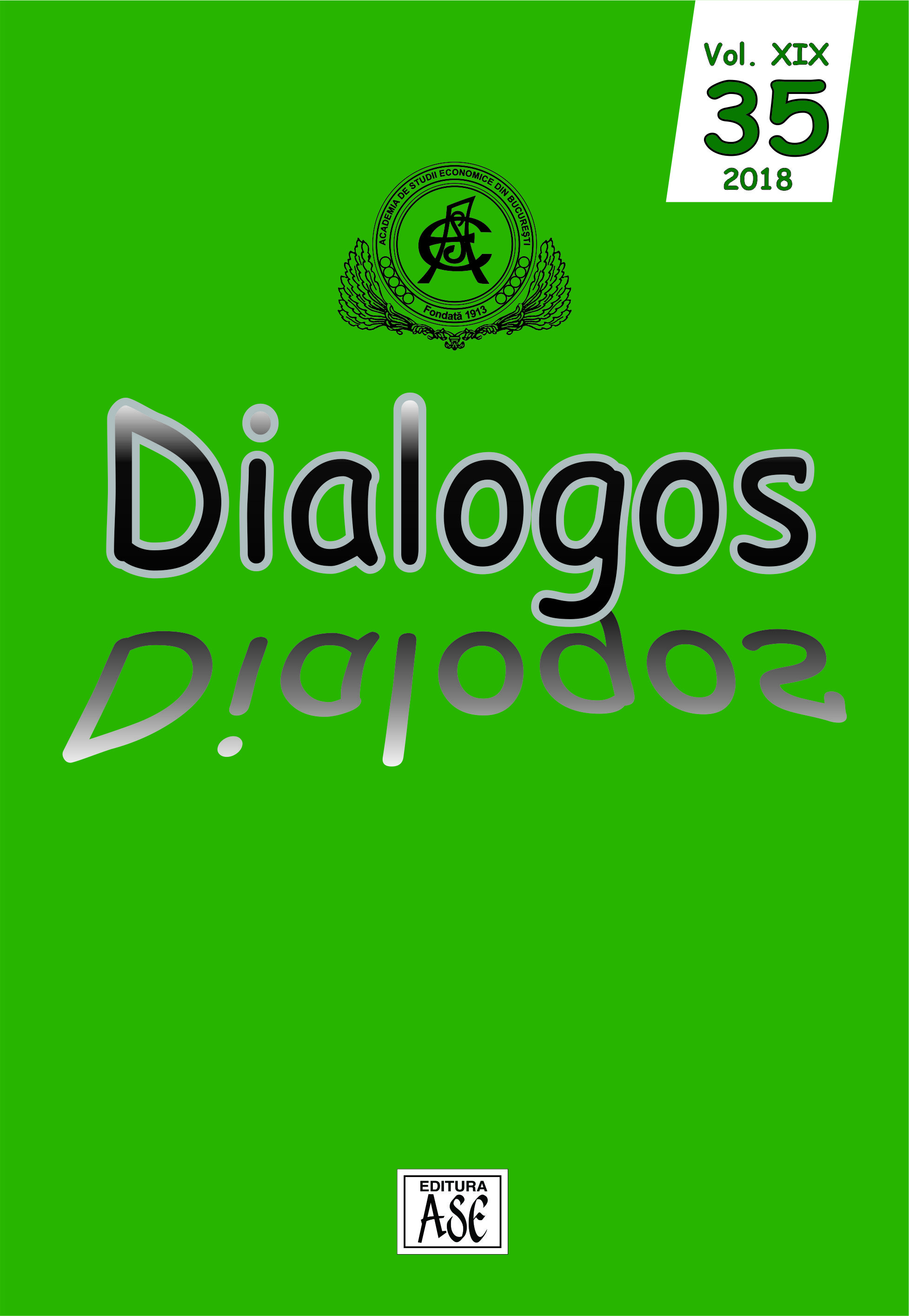Aspects thématiques et sémiotiques dans l’autofiction d’écriture féminine
Thematic and Semiotic Aspects in Women Self-Fiction Writing
Author(s): Olivia RusuSubject(s): Applied Linguistics
Published by: EDITURA ASE
Keywords: autofiction; autobiographical pact; women's writing;
Summary/Abstract: Autofiction allows authors to remove internal censorship and to go as far as possible in the exhibition of their intimate and unspoken lives. Actually, the “true lying on oneself” that appears in autofictions constitutes a way for the readers to read between the lines both the peculiarities of the writer, and those of the writing itself. In autofictions we may discern two paradigms, one traditional and one postmodern. It is quite obvious that women’s autofictional writing broadens and multiplies the inherent ambivalences of this genre. However, from the point of view of literary history, it was difficult for women to write their autobiographies because of at least two factors: the woman writer did not exist as a “subject”, and she could not enjoy the status of “being a writer” since she had no position from where she could have spoken. While creating an identity she does not have, the woman writer’s autofiction tends to be rather “agitated”. But at the same time, it deconstructs old models of autobiography and creates new ones. This article offers a semiotic perspective on this topic, pointing out thematic aspects in women’s autofiction and offering example from severalworks of Marguerite Duras and Amélie Nothomb.
Journal: Dialogos
- Issue Year: 19/2018
- Issue No: 35
- Page Range: 65-78
- Page Count: 13
- Language: French

